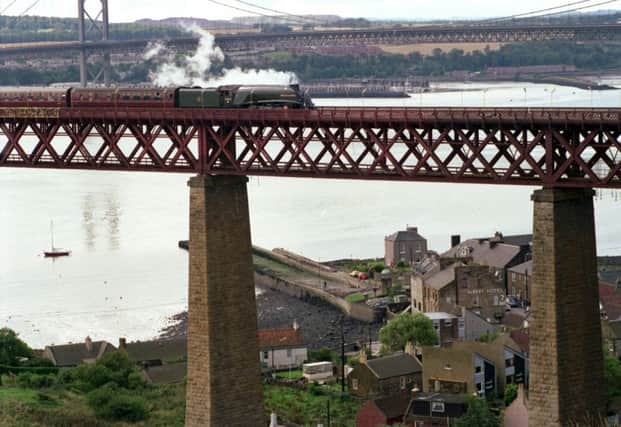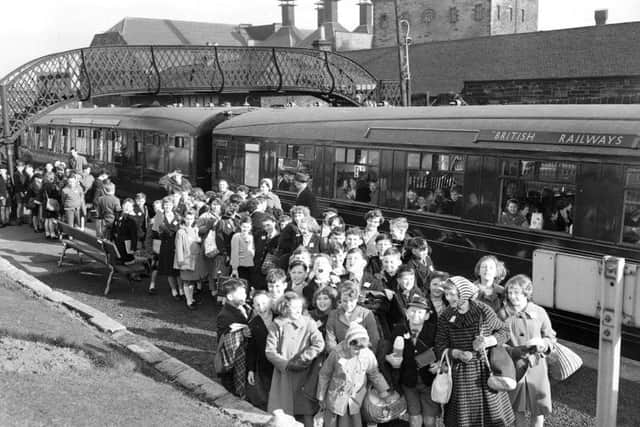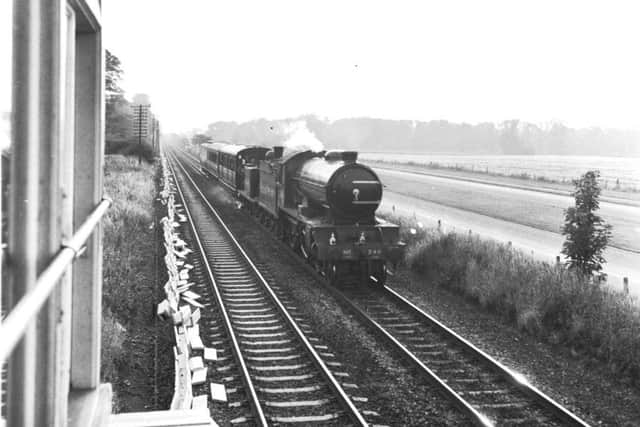Rail enthusiasts mark #NationalTrainDay


The event was started by Amtrak, the American rail operator, in 2008 as a promotional campaign to encourage the public to travel by train and learn more about the network’s history.
It has since been adopted by enthusiasts around the world, particularly on social media, as a day to mark railway heritage.
Advertisement
Hide AdAdvertisement
Hide AdTo mark the 2017 National Train Day, The Scotsman has shared several pictures from its extensive photographic archive of trains working across Scotland, from steam train excursions to famous express services.


Earlier this year, The Scotsman marked the 175th anniversary of the opening of Scotland’s busiest passenger railway.
The route is a pillar of the Scottish economy and used by thousands of commuters on a daily basis.
A typical weekday on the railway sees 62 services travelling along the 47 mile stretch between Glasgow and Edinburgh. In 2016, more than seven million passenger journeys were made.


Construction took almost four years and was no easy task. To ensure an almost perfectly level route, numerous cuttings were dug, four substantial viaducts were built and three tunnels were driven through hills and solid rock.
Such was the huge level interest in the project, members of the public were invited to walk through the completed Queen Street tunnel on New Year’s Day 1842. A ceremonial opening ceremony was held on February 19 and the line opened for business two days later.
The railway put an end to the slow and cumbersome stagecoach services that had linked Glasgow and Edinburgh for more than a century, and would soon drive business away from the established canal network.